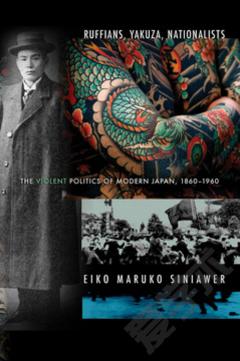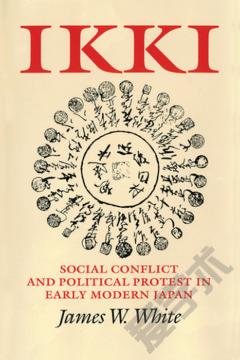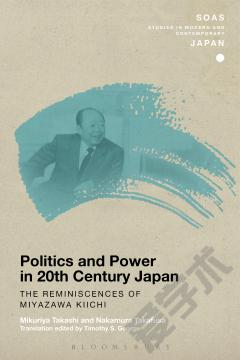Ruffians, Yakuza, Nationalists —— The Violent Politics of Modern Japan, 1860–1960
----- 地痞、匪帮、右派:现代日本的暴力政治 1860-1960
Introduction Political Violence in Historiographical Perspective Violence, Violence Specialists, and Politics Violence and Democracy Approaches to Comparative HistoryChapter 1. Patriots and Gamblers: Violence and the Formation of the Meiji State Shishi: Assassins, Rebels, Patriots Shishi Legacies in the Early Meiji Period Bakuto: Outlaws, Robin Hoods, Local Leaders Bakuto and the Meiji Restoration Bakuto as Political Violence Specialists: The Freedom and People's Rights MovementChapter 2. Violent Democracy: Ruffians and the Birth of Parliamentary Politics From Activist to Ruffian: Soshi in the 1880s Exporting Violence: Nationalist Tairiku Ronin across Borders Parliamentary Politics and the Professionalization of Soshi State Violence and the Second General ElectionChapter 3. Institutionalized Ruffianism and a Culture of Political Violence The Jiyuto Ingaidan and Its Bosses The Seiyukai Ingaidan in Party Politics Cultures of Violence: Yakuza Bosses in Diet PoliticsChapter 4. Fascist Violence: Ideology and Power in Prewar Japan Fascist Ideologies Fascist Violence The Nationalist Nexus in the Metropole and Beyond Violence in the Decline of the Political PartiesChapter 5. Democracy Reconstructed: Violence Specialists in the Postwar Period The Decline of Soshi and the Remaking of Ingaidan Violence Violence as a Political and Discursive Weapon in Diet Politics "Boryokudan" Redux: Yakuza and the Conservative Nexus 1960: The Apogee of Postwar Violence Specialists Coda: Political Violence after 1960Afterword Violence and Democracy Violence, Fascism, Militarism Violence Specialists and History A Contemporary Perspective on Violent DemocracyGlossary Notes Bibliography Index
{{comment.content}}








 京公网安备 11010802027623号
京公网安备 11010802027623号